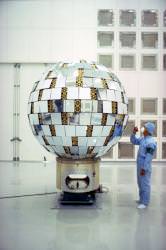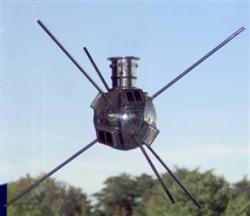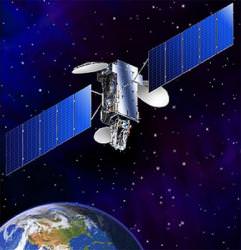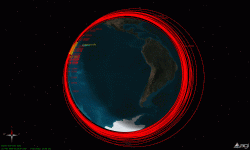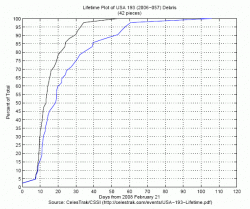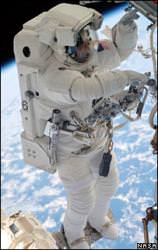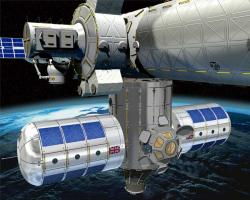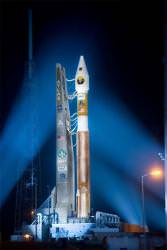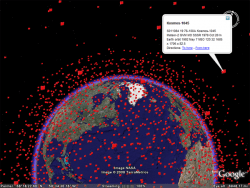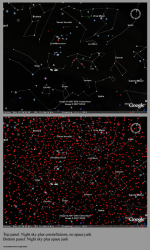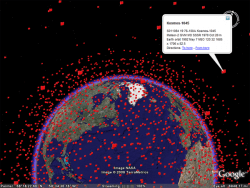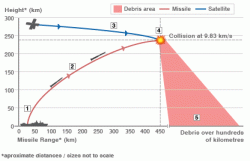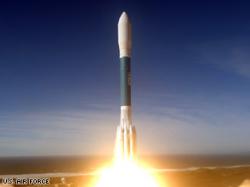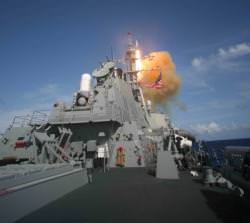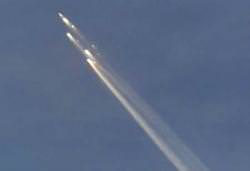Sending quantum information in the form of qubits (quantum bits) have been successfully carried out for years. Firing indecipherable packets of quantum data (or quantum states) via photons can however degrade the message as the photons travel through the dense atmosphere. Also, the distance of transmitting data is severely hindered by other factors such as the curvature of the Earth. Now, for the first time, Italian scientists have carried out a successful mock single-photon exchange between Earth and a satellite orbiting at an altitude of 1485 km. Although transmission may be restricted here on Earth, the use of satellites will greatly increase the range of such a system, possibly beginning an era of long-distance quantum communication with space.
The key advantage to quantum communications is that it is perfectly secure from being hacked. In a world of security-conscious information transmission, the possibility of sending information hidden in the quantum states of photons would be highly desirable. A major drawback of sending encoded photos here on Earth is the degradation of data as the photons are scattered by atmospheric particles. The current record stands at 144 km for an encoded photon to travel along its line of sight without losing its quantum code. That distance can be increased by firing encoded photons along optical fibres.
But what if you used satellites as nodes to communicate the encoded photons through space? By shooting the photons straight up, they need only travel through 8 km of dense atmosphere. This is exactly what Paolo Villoresi and his team at the Department of Information Engineering, University of Padova with collaborators in other institutes in Italy and Austria hoped to achieve. In fact, they have already tested the “single-photon exchange” between a ground station and the Japanese Experimental Geodetic Satellite Ajisai with some good results.
“Weak laser pulses, emitted by the ground-based station, are directed towards a satellite equipped with cube-corner retroreflectors. These reflect a small portion of the pulse, with an average of less-than-one photon per pulse directed to our receiver, as required for the faint-pulse quantum communication.” – From “Experimental verification of the feasibility of a quantum channel between Space and Earth“, Villoresi et al..
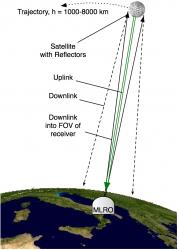
They achieved this feat by using existing Earth-based laser ranging technology (at the Matera Laser Ranging Observatory, Italy) to direct a weak source of photons at the Ajisai, spherical mirrored satellite (pictured top). As the powerful laser ranging beam pinpointed the satellite, it was switched off to allow the weaker encoded laser to fire pulses of data. The two lasers could easily be switched to be sure the Ajisai was receiving the photons. Only a tiny fraction of the pulses were received back at the observatory, and, statistically speaking, the requirement of less than one photon return per laser pulse for quantum communications was achieved.
This is the first step of many toward quantum communications, and it by no means demonstrates the quantum entanglement between two photons (this situation is described in great detail by one of the collaborators in a separate publication) – now that would be the ultimate form of quantum data transmission!
Source: arXiv, arXiv blog

